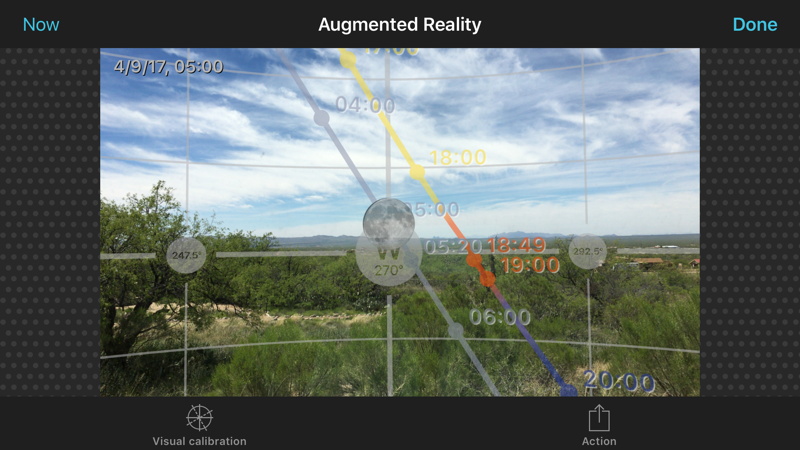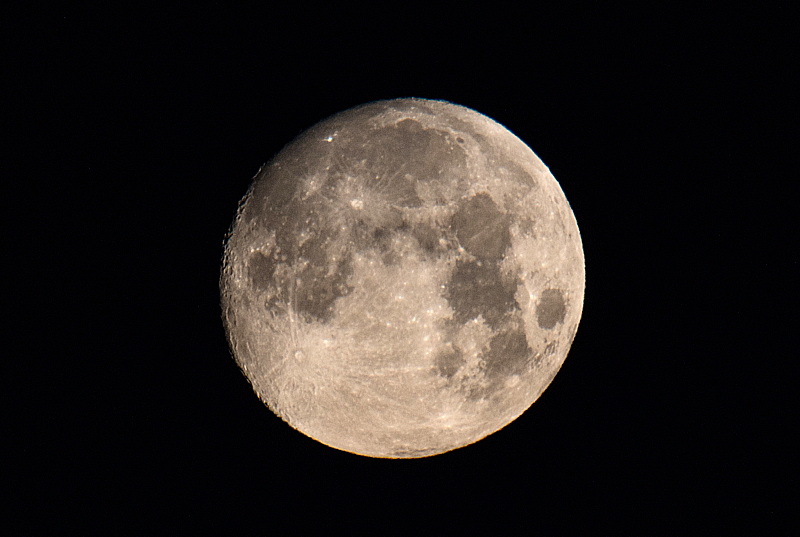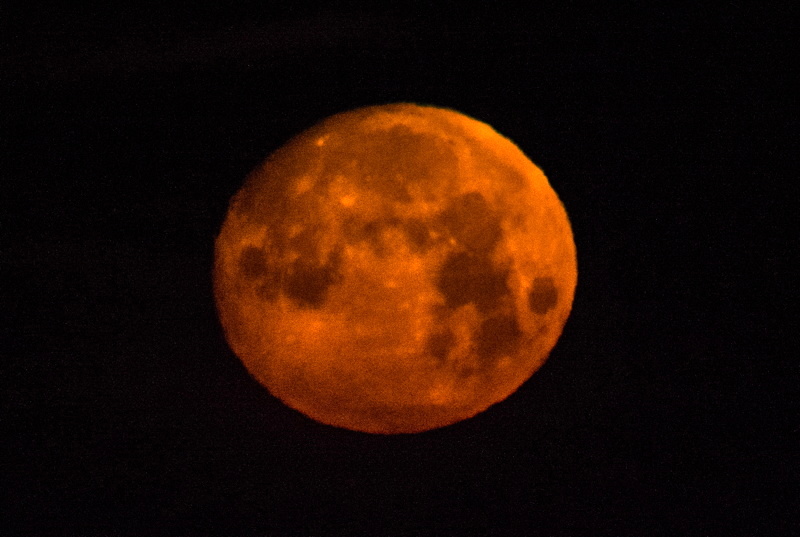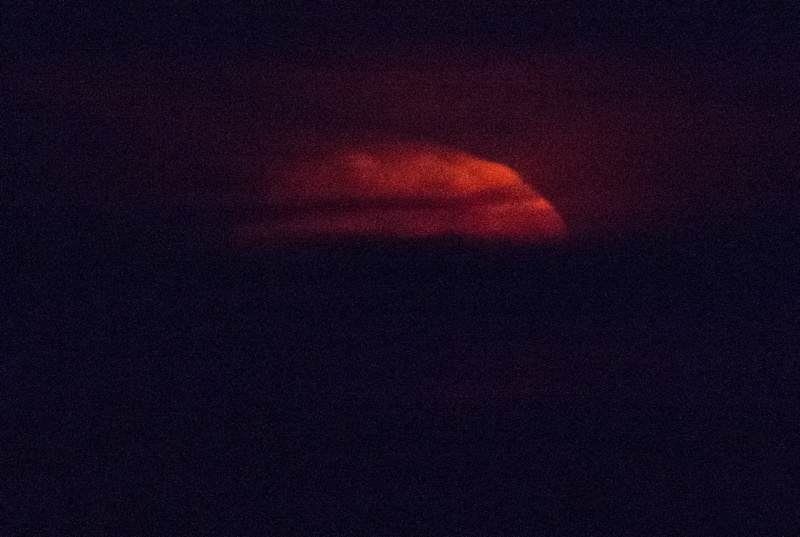Visitor, Galilean Moons, Moonset
Posted: 9 April 2017
Thursday, 6 April 2017, was partly cloudy. A bobcat came by for a drink of water:


That evening I attended the monthly meeting of the Oracle Dark Skies Committee.
Friday, 7 April, was mostly cloudy with increasing winds. That evening I attended a volunteer appreciation event at Oracle State Park. Ssturday, 8 April, was also mostly cloudy and windy.
I used the iOS app PhotoPills to determine the optimum date/time to photograph the waxing gibbous Moon setting behind Picacho Peak, 31 miles west of Cassiopeia Observatory. The app determined that would be Sunday morning, 9 April. These iPhone screen shots show the PhotoPills planning screens I used:


I woke up early Sunday and took the Nikon D7200 DSLR with Tamron 150-600mm lens outside. I could see some thin clouds in the western sky.
Since weather had prevented observing the planet Jupiter at opposition on 7 April I decided to grab a quick photo of the planet and its four Galilean Moons as seen using a focal length of 600mm:

Mouseover or tap on image for labels
The star to the upper left of Jupiter is Theta Virginis.
This cropped FL 600mm image of the Moon was taken at 0456 MST:

This sequence of cropped FL 600mm photos begins at 0515 MST and ends at 0520 MST:





Unfortunately, the clouds along the western horizon prevented capturing the silhouette of Picacho Peak against the setting Moon. I will try again at some future oppportunity.
Comments are welcome using Email. Twitter users can use the button below to tweet this report to your followers. Thanks.
Cassiopeia Observatory Home Page
Copyright ©2017 Michael L. Weasner / mweasner@me.com
URL = http://www.weasner.com/co/Reports/2017/04/09/index.html
